Home › Solutions › IoT Device and Asset Connectivity › What is MQTT?
Contents
What is MQTT?
Message Queuing Telemetry Transport, or MQTT, is a simple, lightweight protocol for transmitting data between machines, and has quickly become one of the most important protocols in the IoT since its launch by IBM in 1999.
It was developed to be supported with low bandwidth and low power requirements. It was designed to transfer monitoring data from an oil pipeline via a satellite link. 15 years later, it was approved by OASIS (not the brothers from Manchester) and in 2016 it was certified as an ISO standard protocol. To understand the MQTT, we need to look closer to the integral components.
What is MQTT used for?
MQTT has been widely adopted as a machine-to-machine protocol of choice for sensors, industrial systems, energy metering and more. You should expect to see MQTT used within any of the following systems:
- Industrial Process Automation Controllers and SCADA systems
- New types of sensors – Temperature, Humidity, Pressure
- Energy Sub-meters – Gas and Electricity
- Building Management Systems
Real examples of MQTT deployments in the Hark Case Studies section.
How Does MQTT Work?
MQTT is made up of four key aspects:
- Broker – All devices communicate through a middleman or server, which is known as a broker in MQTT terms. Two of the most popular brokers are Hive MQ and Mosquitto, free open-source brokers. Hark Connect is an enterprise grade broker with built in cloud and edge security.
- Publishing and Subscribing – Devices either transfer or receive information, either from the Broker or by subscribing to specific topics. They can also publish messages of a specific topic to the broker.
- Topics – Topics are a way of categorising the kind of messages that might be sent through MQTT. Devices can transmit messages of a specific topic and can also subscribe to specific topics. The broker gets all messages and then forwards the messages to all devices that are subscribed to that topic.
- Quality of Service (QoS) – Quality of Service relates to the communication it has with users, it has 3 settings, which range from only sending the message once to sending it over and over again to ensure the message is received well. Thus, the term quality of service.
![]() Due to the adoption of LPWAN, MQTT will continue to be the best way to send high volumes of sensor data to analytics platforms, like The Hark Platform.
Due to the adoption of LPWAN, MQTT will continue to be the best way to send high volumes of sensor data to analytics platforms, like The Hark Platform.
What Are The Benefits of Using MQTT?
Benefits to using MQTT, over other protocols are that it is able to distribute information more efficiently, increase scalability and reduce network bandwidth consumption dramatically. We optimise our solution to fit best within existing systems, to reduce the cost of set-up and lower the barrier of entry (see where we did this with a top 4 UK retailer). We can survey whether MQTT is right for your set-up, or whether we should use different protocols. As our solution is protocol agnostic, there’s no limitation and we are able to work with any existing network.
To learn more, get in touch with our experts here. You might also find Hark’s BACnet to MQTT broker adapter article a useful resource to read.
If you have any suggestions for improvements please tell us – Contact Us
